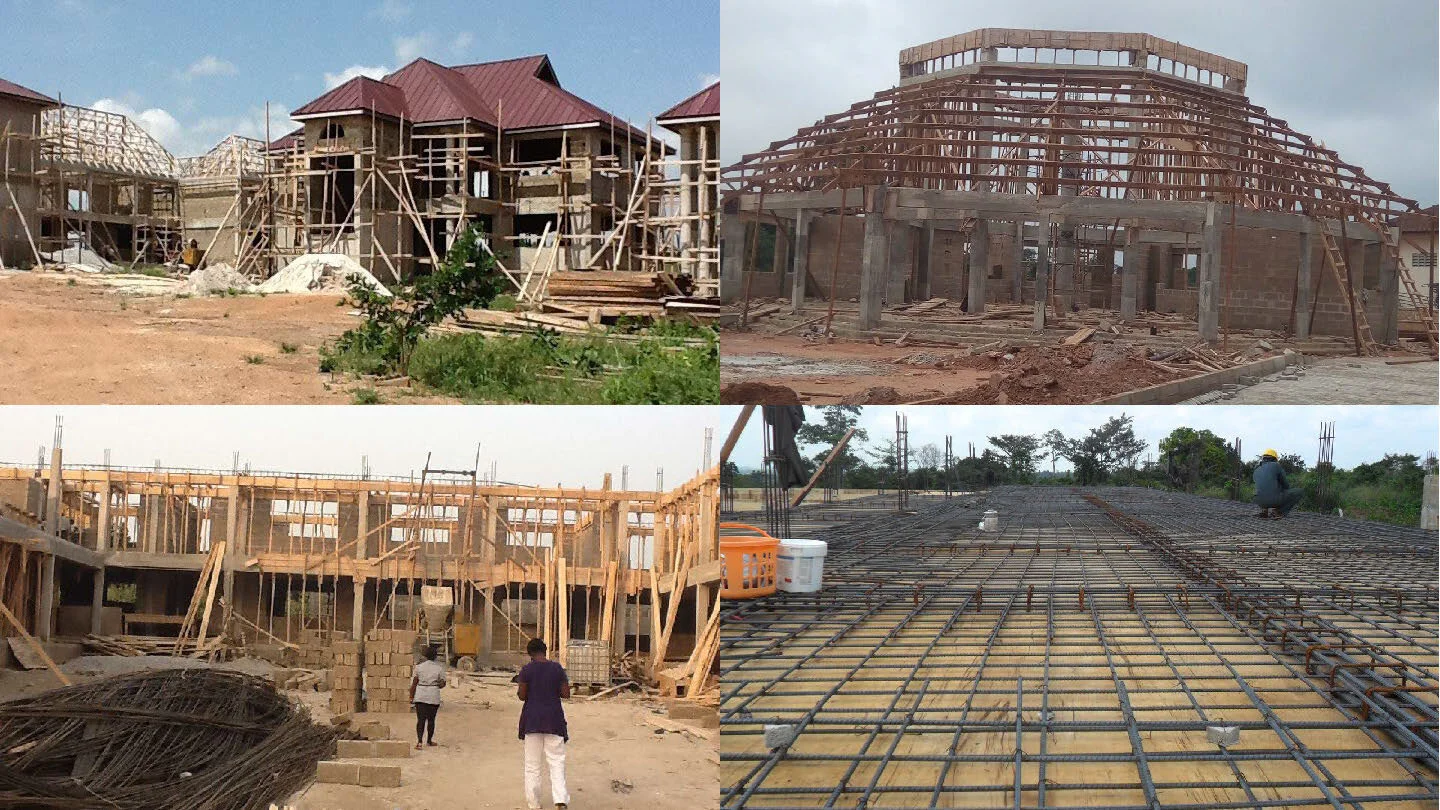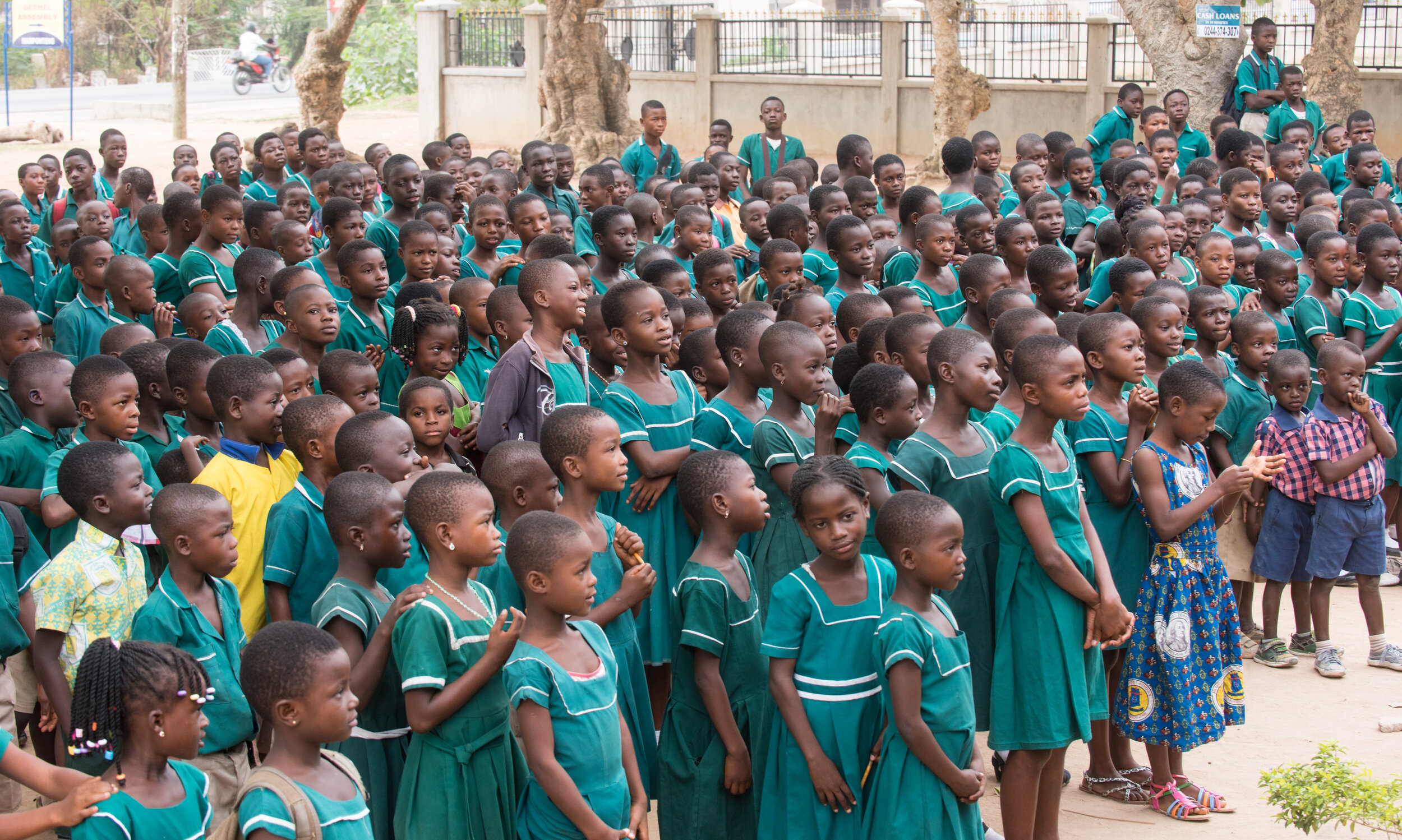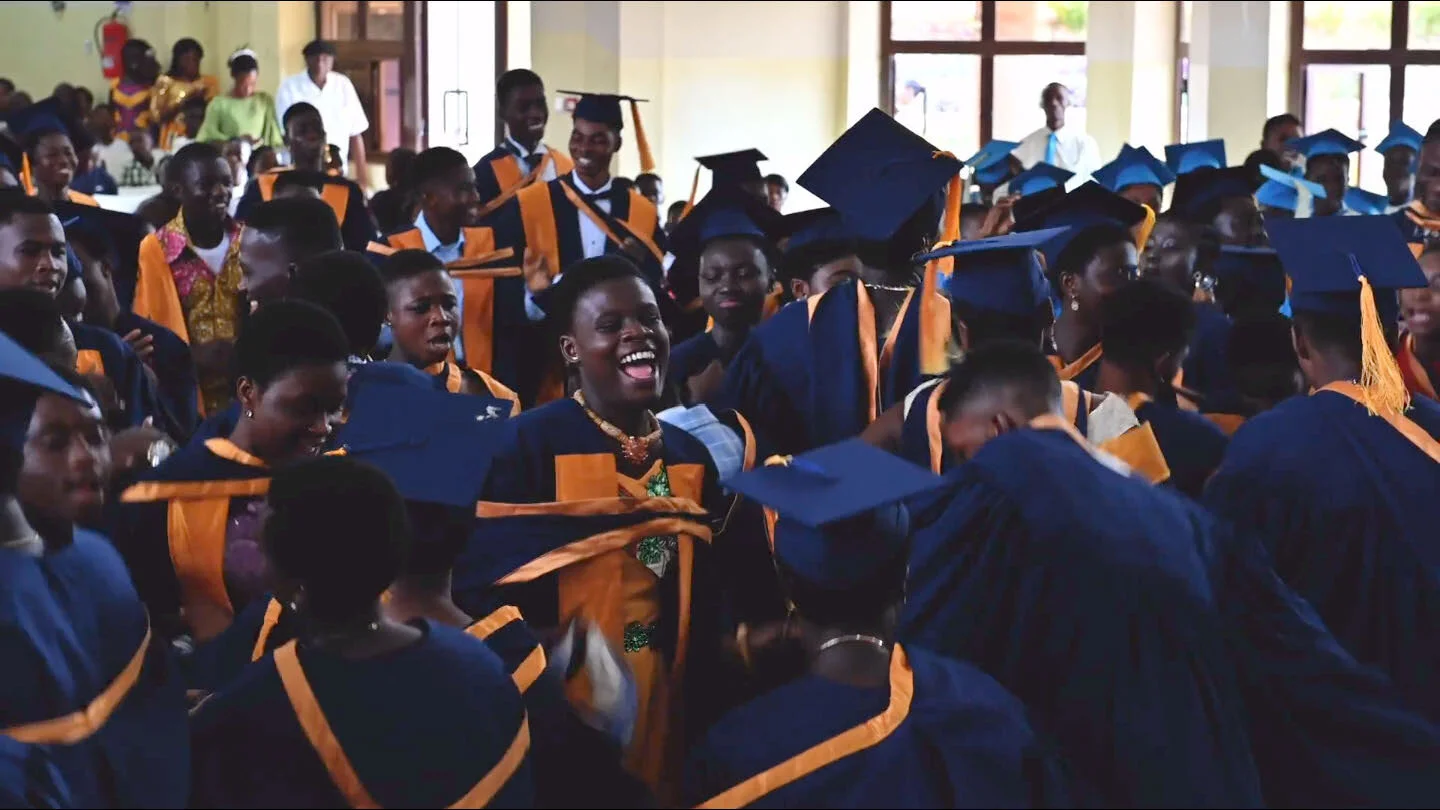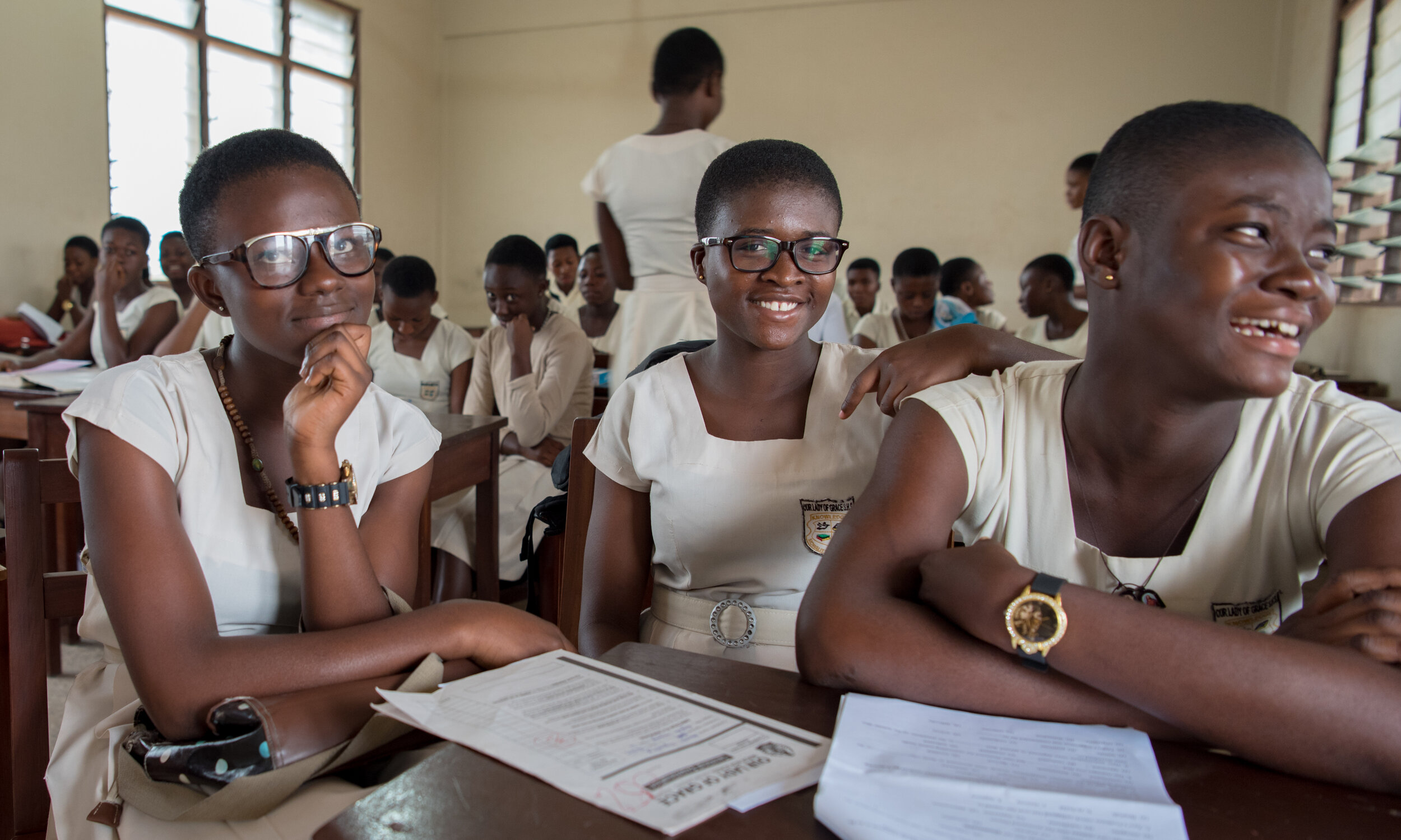
Our History
Saint Joseph's Parish and the foundation of OLAG
Our relationship with St. Joseph’s Parish in Mamponteng, Ghana, began when parishioners from Most Holy Trinity Catholic Church in Edina, Minnesota, had begun visiting St. Joseph’s on mission trips in 2000. After Most Holy Trinity merged with Our Lady of Grace Catholic Church in Edina, Minnesota in 2011, it was only natural that their sister parish relationship continued. Since that first mission trip, more than 50 parishioners have visited St. Joseph’s Parish in Ghana.
Visiting Mamponteng, Our Lady of Grace was able to meet some of the financial needs of the parish by working with our Ghanaian friends to improve their church, build a preschool, and complete other projects around the parish. During discussions with St. Joseph’s parish leaders, the need for a Catholic high school was identified as the area’s most urgent need. The people of Mamponteng, Ghana, had long envisioned providing education beyond the age of 13 for their children but lacked the resources to turn this vision into reality.
Mary Lynn, an elementary education teacher with experience in the U.S. and Colombia, and her husband, Warren Staley, who concluded his career as CEO of Cargill, were deeply moved by this hopeful vision. Together, they funded and participated in the design and construction of Phase I of the high school, which included the core classrooms and administrative facilities.
Phase II involved the development of essential infrastructure: four dormitories to accommodate students who travel up to two hours daily, a dining hall complex for meal preparation and service, and housing for the staff on campus.
In a poignant speech at the school's dedication ceremony, Mary Lynn captured the essence of their contribution, telling the people of Mamponteng, "The school buildings are not your dream. They are the monument to your dream." And thus, the dream continues to unfold.
The new school, Our Lady of Grace Senior High School (OLAG) in Mamponteng, was dedicated in 2013 and admitted its first class. The dream for the school continues to evolve, and so do the financial needs to bring it to full realization. Warren and Mary Lynn remain dedicated to raising awareness and securing resources for the next phase of the project. This phase includes scholarships for students, a chapel, an assembly hall, two additional dormitories, and more staff housing.
Warren and Mary Lynn have witnessed firsthand the profound impact that increasing support can have on realizing a vision. They aim to expand their network of supporters—individuals and organizations alike—who share their conviction in the transformative power of education. By investing in the lives of individuals, they believe we can shape the future of nations. This partnership with OLAG and St. Joseph has now developed into its own organization, Rise & Shine. Since our first breakfast fundraiser in 2017, we have raised over $3,000,000 in scholarship donations. It has assisted over 975 students in accessing a world-class education that empowers them to rise into the world and shine brightly.
Learn about Education in Ghana
Education in Ghana is divided into three phases: basic education (kindergarten, primary school, lower secondary school), secondary education (upper secondary school, technical and vocational education) and tertiary education (universities, polytechnics and colleges). Basic Education comprises 11 years (Age 4 – 15) of free and compulsory education made up of the following levels: kindergarten, primary and junior high. The secondary general education is assumed by the Senior High School.
375,000 Ghanaian students take the Basic Education Certificate Examination (BECE) at the end of Junior High School Form 3 (ninth grade) in seven subjects. Admission to Senior Secondary/High School is competitive: only 150,000 students can be admitted into the 500 public and 200 private national secondary schools. The vast majority of Ghanaian students attend public boarding schools, many of which are highly competitive; there are only half a dozen international private secondary schools in the country, collectively graduating about 300 students a year and offering the IB or A-level curricula.
At the end of Senior Secondary/High School (twelfth/thirteenth grade), all students take the West African Senior Secondary Certificate Examination, or WASSCE, (SSCE through 2005; WASSCE beginning in 2006) in each of their seven or eight subjects. These exams are given nationwide in April-June each year, but the results are not available until the following August. Grading is exceptionally tough: 4% of grades are A’s, and while 80% of grades are passes, only 53% of grades are credit passes of A1-C6. C’s can be quite competitive grades.
“My time in Ghana was eye-opening in many ways. It definably made me rethink my priorities and what was truly important. One thing that significantly changed was my appreciation for my ability to be able to attend school. The opportunity to go to school past childhood years is rare in Ghana. The kids that attend OLAG respect education as I have never seen before.”







